Culture Bound Syndrome In India
Culture bound syndrome in india. The description of four cases. A folk diagnostic term used in India to refer to severe anxiety and hypochondriacal concerns associated with the discharge of semen whitish discoloration of the urine and feelings of weakness and exhaustion. Kulhara and Chakrabarti studied Culture and schizophrenia and other psychotic disorders and observed that there is certain uniformity to the way schizophrenia presents globally.
This paper describes four culture-bound psychiatric syndromes seen in India. Some examples of culture-bound syndromes currently identified in the global community include Dhat syndrome Zar and Susto. Culture-bound syndrome Denotes recurrent locality-specific patterns of aberrant behavior and troubling experience that are prominent in folk belief and practice Amok.
The word koro is believed to be of Malaysian origin but the syndrome has several different names across the region including shook yang shook yong and suo yang in China and jinjinia bemar in India. This paper describes four culture-bound psychiatric syndromes seen in India. Most of the victims are young girls from 15 to 18 years old.
The outcome of schizophrenia appears to be better in developing than developed cultures. Some traditional culture-bound neurotic syndromes and idioms of distress persist. Grisi siknis crazy sickness is a contagious culture-bound syndrome that occurs predominantly among the Miskito People of eastern Central America and affects mainly young women.
In medicine and medical anthropology an ethnospecific disorder or culture-specific syndrome or culture-bound syndrome is a combination of psychiatric and somatic symptoms that are considered to be a recognizable disease only within a specific society culture or racial and ethnic groups. Semen-loss anxiety has been reported from many parts of the world as loss of semen due to nocturnal emissions or masturbation and the condition affects individual notions of masculinity. The author proposes a new culture-bound syndrome proposed to be named Chotikatwa.
The attacks are prefaced by headaches dizziness anxiety nausea irrational anger andor fear. The syndromes genesis is based on frequent occurrence of tail lock of hairs of female patients getting cut under mysterious circumstances. Because culture-bound syndromes are classified on the basis of common etiology eg magic evil spells angry ancestors clinical.
They have their owm specific language music art cuisinead habits. There are equally significant cultural differences.
A Clinical Study of 233 Cases.
Indian Culture-Bound Syndrome Culture is a particular set of behaviour patterns and attributes of a certain group of poeple. It is the self-immolation by a widow on her husbands pyre. In medicine and medical anthropology an ethnospecific disorder or culture-specific syndrome or culture-bound syndrome is a combination of psychiatric and somatic symptoms that are considered to be a recognizable disease only within a specific society culture or racial and ethnic groups. In India common culture bound syndromes are Dhat Syndrome Possession Syndrome Koro Gilhari syndrome Bhanmati Compulsive spitting culture-bound suicide sati santhra ascetic syndrome Jhinjhinia etc. The syndromes genesis is based on frequent occurrence of tail lock of hairs of female patients getting cut under mysterious circumstances. Fear of a Retracting Penis. It can also be defined as shared patterns of behaviours and interactions cognitive constructs and understanding that are learned by socialization. In India common culture bound syndromes are Possession Syndrome Dhat Syndrome Koro Bhanmati Gilhari - syn drome Compulsive spitting Suchibai syndrome culture-. Such cases are being reported from different North Indian states.
Kulhara and Chakrabarti studied Culture and schizophrenia and other psychotic disorders and observed that there is certain uniformity to the way schizophrenia presents globally. Dhat syndrome is a condition found in the cultures of the Indian subcontinent in which male patients report that they suffer from premature ejaculation or impotence and believe that they are passing semen in their urine. Some examples of culture-bound syndromes currently identified in the global community include Dhat syndrome Zar and Susto. It was seen mostly in upper castes notably Brahmins and Kshatriyas. 1973 Depression. Semen-loss anxiety has been reported from many parts of the world as loss of semen due to nocturnal emissions or masturbation and the condition affects individual notions of masculinity. The word koro is believed to be of Malaysian origin but the syndrome has several different names across the region including shook yang shook yong and suo yang in China and jinjinia bemar in India.

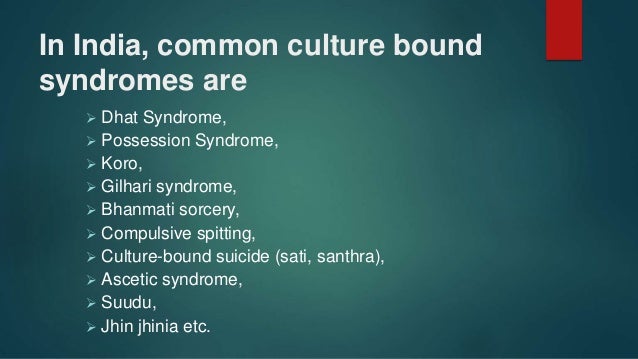
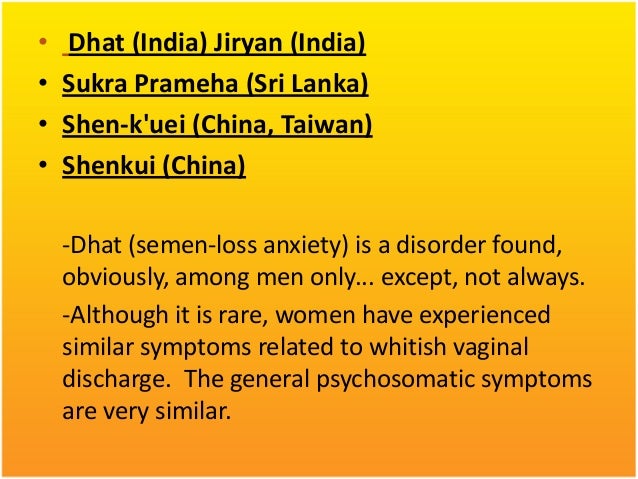



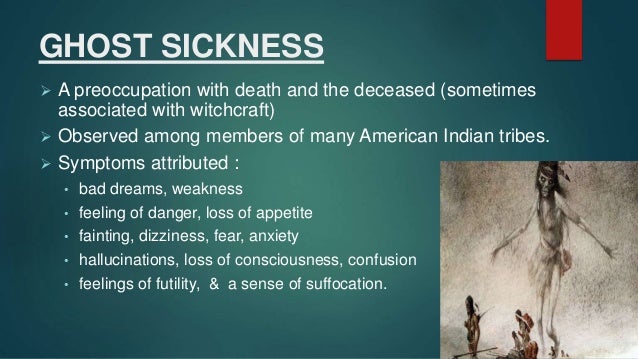
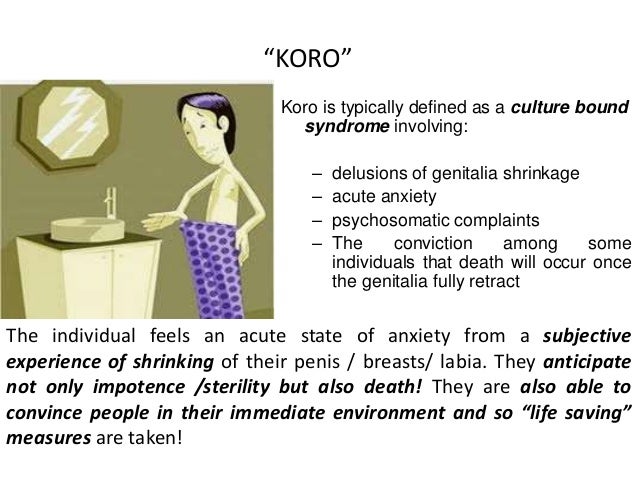

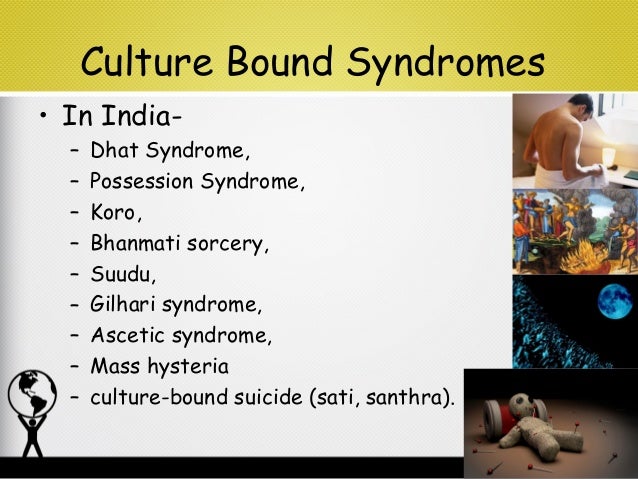



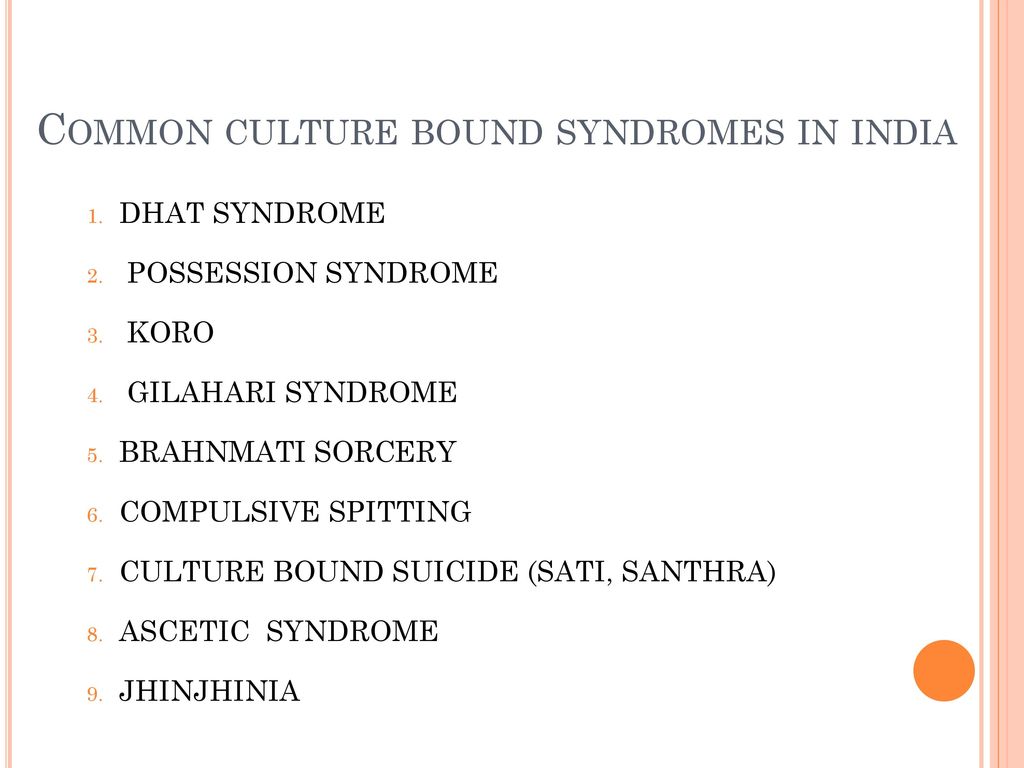



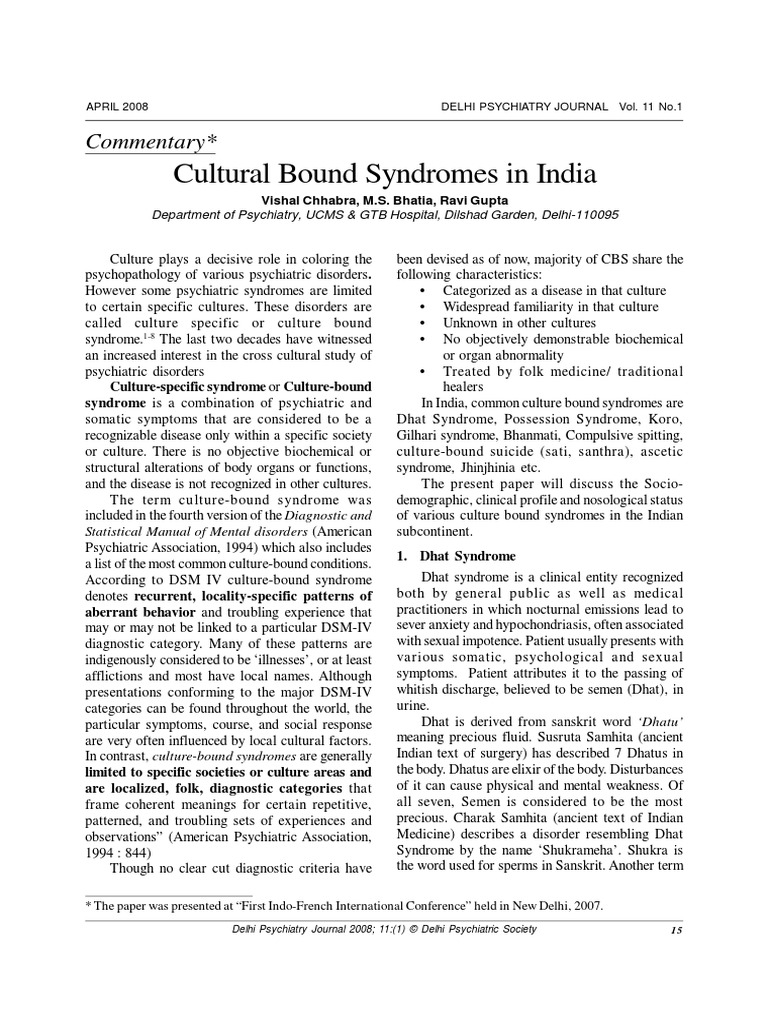
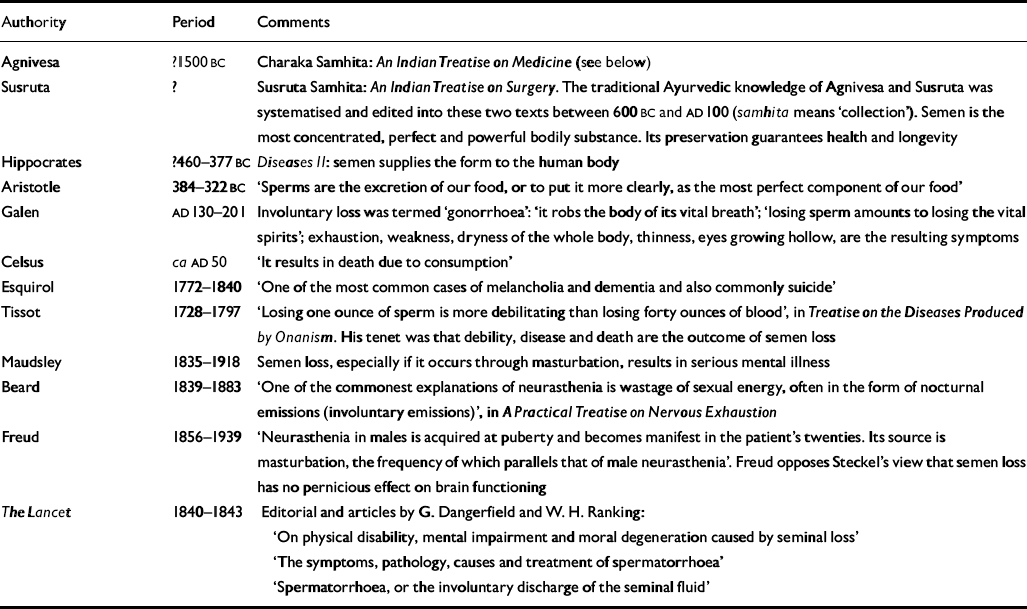









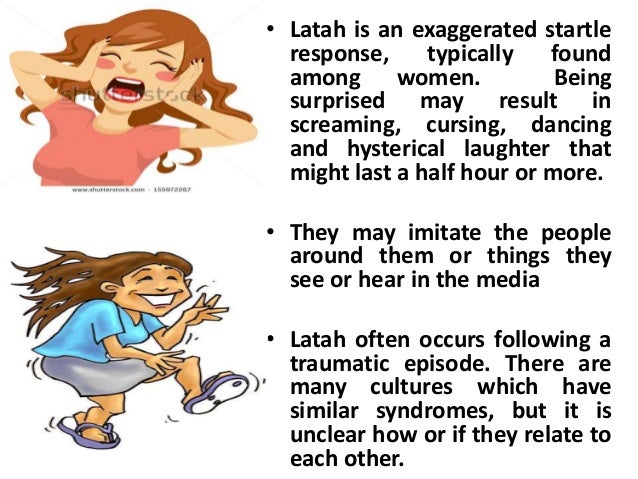
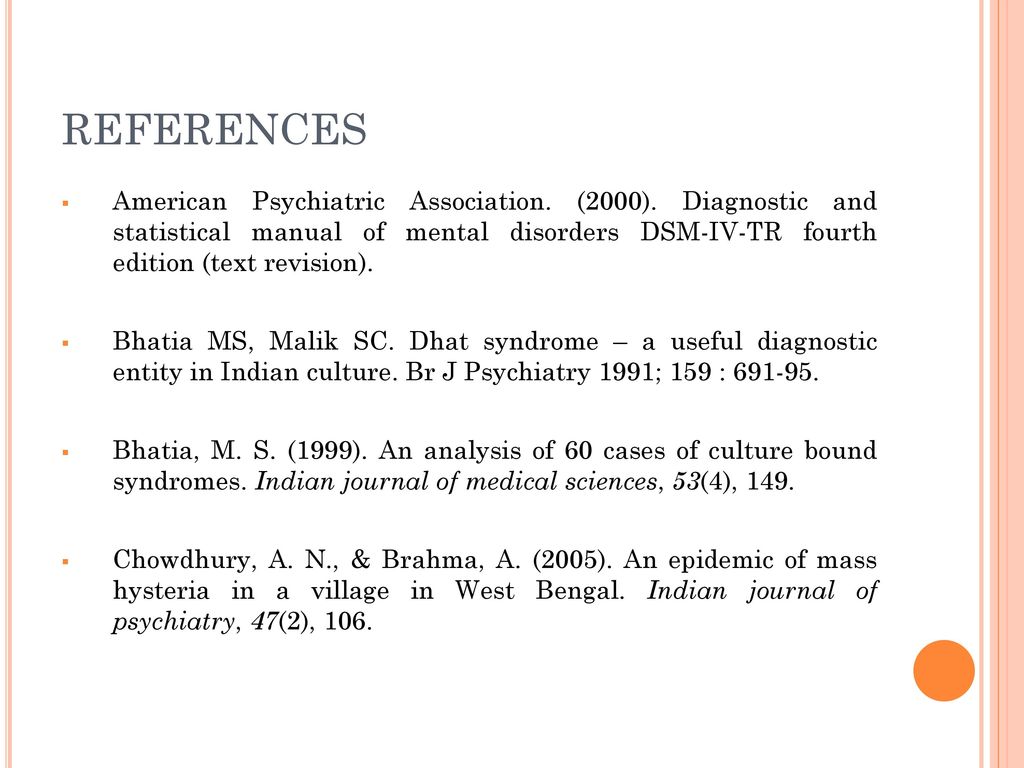





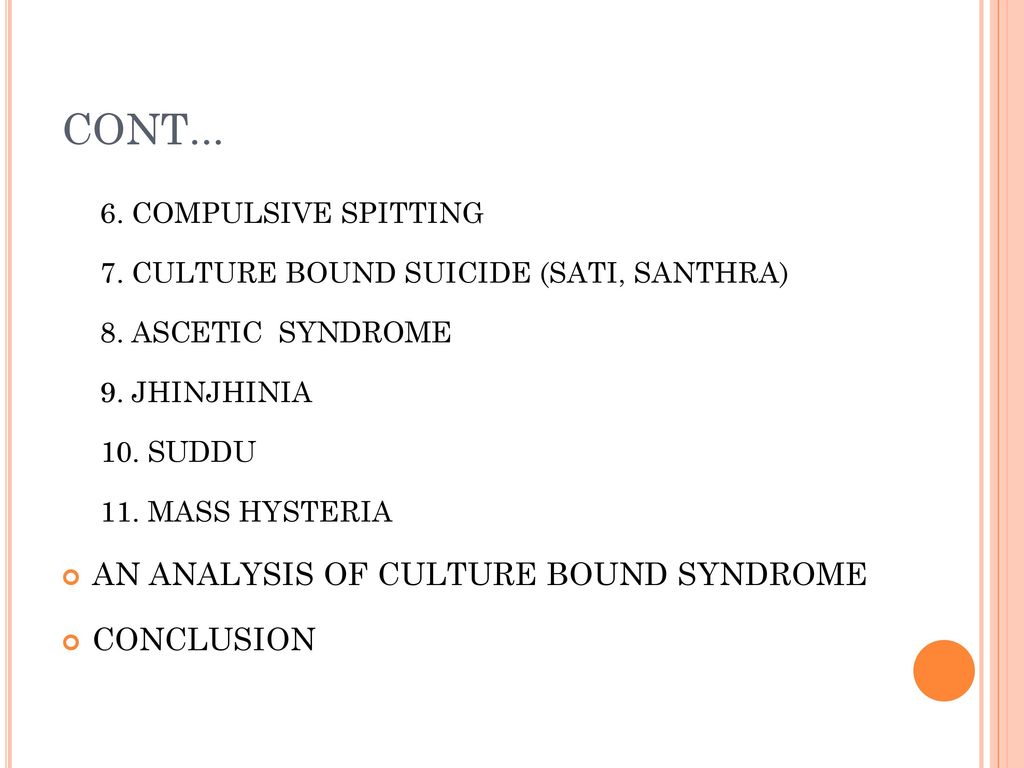

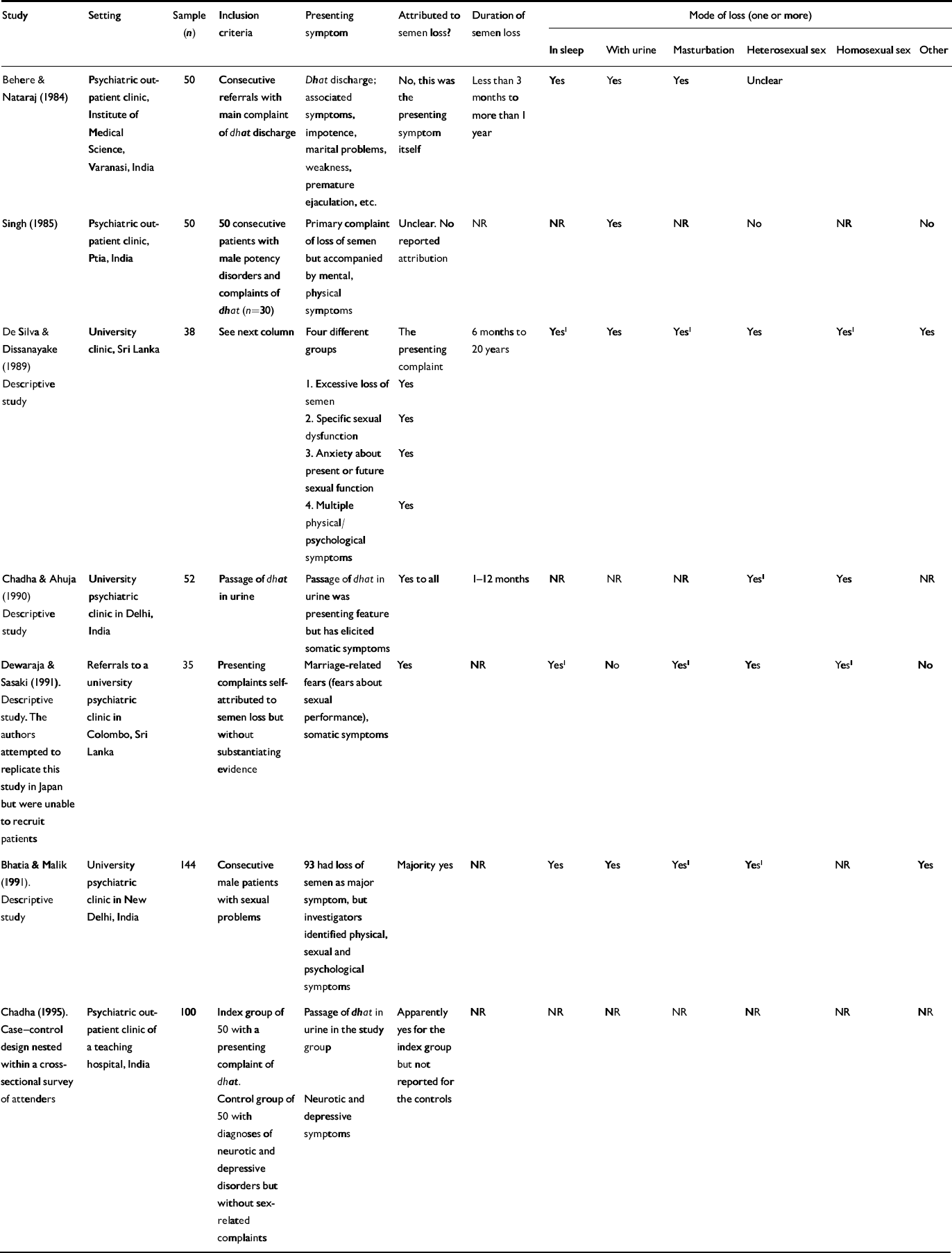
Post a Comment for "Culture Bound Syndrome In India"